Everything changes. Doing the same things just don’t work forever. And if they don’t, do you do them harder? Do you give up, jump ship?Or are you willing to roll with the punches and stand up to the task?
Google has made some changes in their search algorithms. Each significant effect from those changes gets named. This particular one was called “Panda” . The Panda Update caused a 10% change in the search engine results in the US. Yahoo and Bing took an even harder hit than Google did. and Zibbet the hardest among the major handmade selling venues. The point to the update was to kill off copy writing(descriptions) copycats. These copy-cats(forgive the pun), use monetizing and affiliate marketing to try and outrank their competition. This is called automated marketing and a good way to loose your audience as well as your ranking.
This includes any listings you have copied content from another listing either in your store, any other of your venue storefronts or any content you have copied from other blogs, manufacturers or websites. The filters from the new Panda 2.2 update are very aggressive and should not be taken lightly. If you have listings that have ending content in descriptions that are copied from one to another, you should start fresh with new listings as each one is cached. So it is really best to start fresh with brand new listings..
This can be done more easily with the csv file download from your store files in your admin back end. When you re-upload them again, you can change the descriptions..as you approve their listings.
It will take some work, but it will be well worth it to see your traffic improve tremendously.
Algorythm Mechanisms
Here are some things to focus on when setting up your relistings..(relisting are necessary as the old ones that may have copied content are cached) Cached means there is a temporary file on the Google server of your original listing id.
1. Is your information detailed as well as in depth? Don’t be a shallow marketer.
2. What are you selling? ad space(item pictures only) or content? The sites that have the first 4 levels of pages full of ads are the ones that Google is trying to kill off. This is a normal flag for shallow marketers, copy-cats and content farmers.
3.Who has linked to you, liked you, voted for you, referred you to Facebook, back linked to you, etc. Yet another example of social sharing.
4.Is your keywords relevant? If your listing is about jewelry, do you include keywords that are relevant, related or contextual? The algorithms look for irrelevancy in keywords.
Baby Steps
Part A
Start with 5 of your best items, not your most popular, but 5 that are least popular. Using new ‘test subjects” will give you something to compare to. Try doing quantity listings as you don’t want to loose your SEO on those particular listings if it sells. (ie.. each listing has individual seo cached to it)
Step 1
Add descriptions and stories of the new listings that are at least 250 words long. This length is your average blog post.
Step 2
Research unique keywords to use as the beginning of your titles..not the end of them Use the adjectives in the first of the title, not the main subject/noun first.
Right: Red Agate and Pearl Sterling 925 Necklace set
Wrong: Necklace set: Red agate pearl sterling silver 925
Use words in your titles that would be basically searched by potential customers. Catchy titles are fun, but are not likely to be searched. Use your creativity in your descriptions, not your title.
Step 3
Use the same keywords in the first paragraph of your description as you did in the title. But don’t stop there, use other relevant/related keywords in your content as you would in the “tags(keywords)” section of your listing. It’s always a good practice to sync them all up with the same words.
*Try not to use words in the keyword or “tags” field if you did not use them in the “description” and “story behind the product”.
Use creative finished sentences that describe and tell a story about your item. Suggest uses, tell of how you came to be inspired to make it. In a sence, micro-blog about each item.
Here is a list suggested from our CEO Tony Ford from ArtFire.com:
(its a picture of his post segment btw)
Part B
Good backlinking and anchor text.
What is that? 
A backlink is, simply put, any link that is directed to your shop or listings. An anchor text is the visible text in a hyperlink(“visible” is the anchor text to an external page). See your backlinks from Alexa.com
Part C
Community. Promoting each other in an artisan environment. Why we set up It’s Better Handmade!
We want to teach you, support your, encourage you, inspire you, help your backlinks and promote you here!
If you need anymore help, please do send us a message with your question.



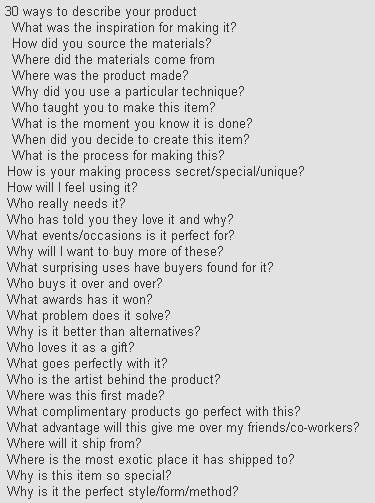

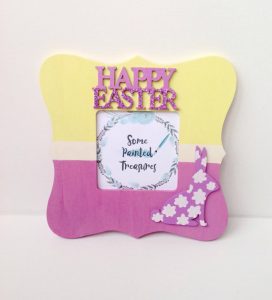
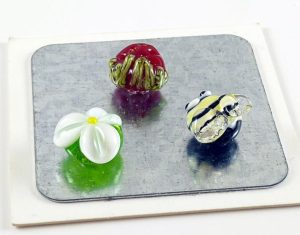


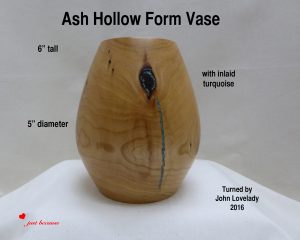

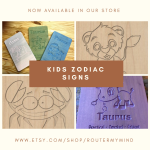





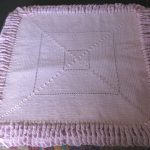

so does this mean any content in a listing that is carried to other listings will get you filtered out?